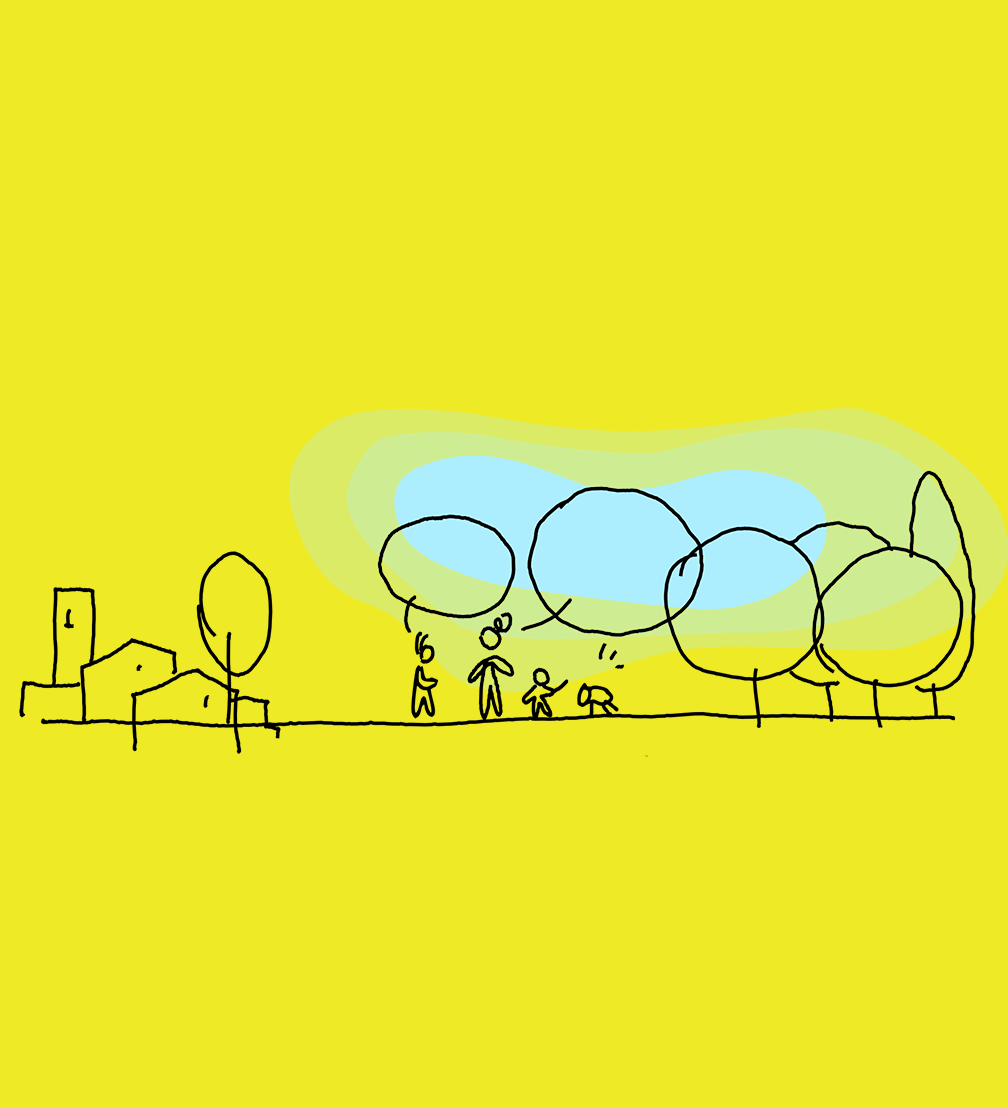
On 30 November, the Education, Youth, Culture and Sports Council of the European Union adopted a document summarising its views on culture, high-quality architecture and the built environment as key elements of the New European Bauhaus initiative. In its conclusions, the Council called on policy-makers to incorporate the quality principles of the New European Bauhaus — aesthetics, sustainability and inclusion — in their socio-economic and territorial development strategies.
While respecting Europe’s diverse cultural heritage, the New European Bauhaus initiative aims to create an enabling context to transform the living environment and make our way of life more beautiful, sustainable and inclusive through innovation and high-quality architecture, design, urbanism, and many other artistic and creative areas. The initiative is part of the European Green Deal with an aim to become the first climate-neutral part of the world.
In the published document Council Conclusions on Culture, High-Quality Architecture and the Built Environment as Key Elements of the New European Bauhaus Initiative, the EU Education, Youth, Culture and Sport Council emphasises that architecture and the built environment are an important part of culture that reflects our society and its values, and serve as our future heritage. The document calls on national and EU policy-makers to strengthen the role of architecture in cultural heritage and sustainable development, which includes the circular economy, social and territorial cohesion, biodiversity, the achievement of climate goals and the prosperity and well-being of all Europeans. The Council points out that the diversity of Europe’s architectural heritage can serve as a benchmark of quality and inspiration for creativity and the transformation and regeneration of the environment. It is also important to preserve, renovate and adapt existing buildings, as well as to increase the energy efficiency of buildings, following the principles of beauty, sustainability and an inclusive environment.
The document calls on Member States to develop a holistic, inclusive, interdisciplinary long-term vision for architecture that focuses on high quality in the aspects of governance, functionality, environment, economy, diversity, context, sense of place and beauty at all stages of shaping our living environment and landscape, from planning and funding to design and maintenance. The Council notes that these criteria should also be assessed and included in European Union funding programmes.
The conclusions emphasise the need to adapt the existing regulations and public procurement rules and processes of the Member States in the areas of public architecture, landscape architecture and spatial planning to promote a quality-based rather than a cost-based approach. It is also important to educate decision-makers in the public and private sectors and increase their competence. The document emphasises the important role of architects in all stages of creating a quality living environment. Member States are invited to set up and support expert groups of architects and other professionals at all levels of governance, such as the State and City Architect Teams, to make informed decisions. The Council notes that the EU should support the further training and involvement of industry professionals in education and research.
The document concludes that the multidimensional nature of high-quality architecture and the built environment requires cross-sectoral cooperation, participation, co-creation and an interdisciplinary approach, particularly in terms of sustainability and policy coherence. The conclusions call for the involvement of all stakeholders throughout the environmental design process, both in conception and planning and in design and construction. The document also emphasises the need to raise public awareness of high-quality architecture and the New European Bauhaus, offering formal and non-formal learning opportunities from an early age.
The complete document is available here.
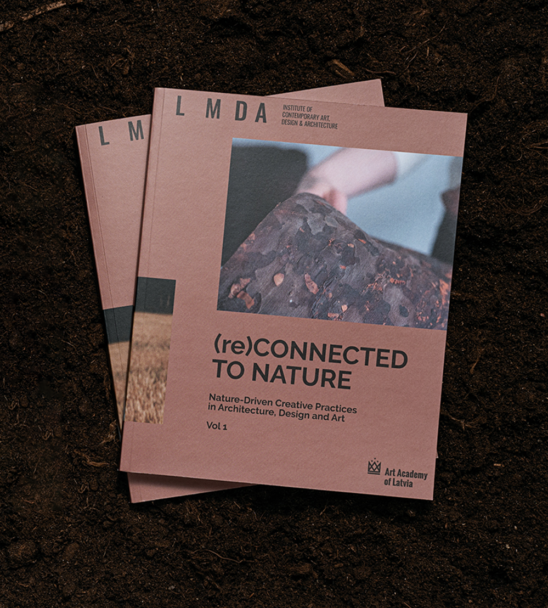
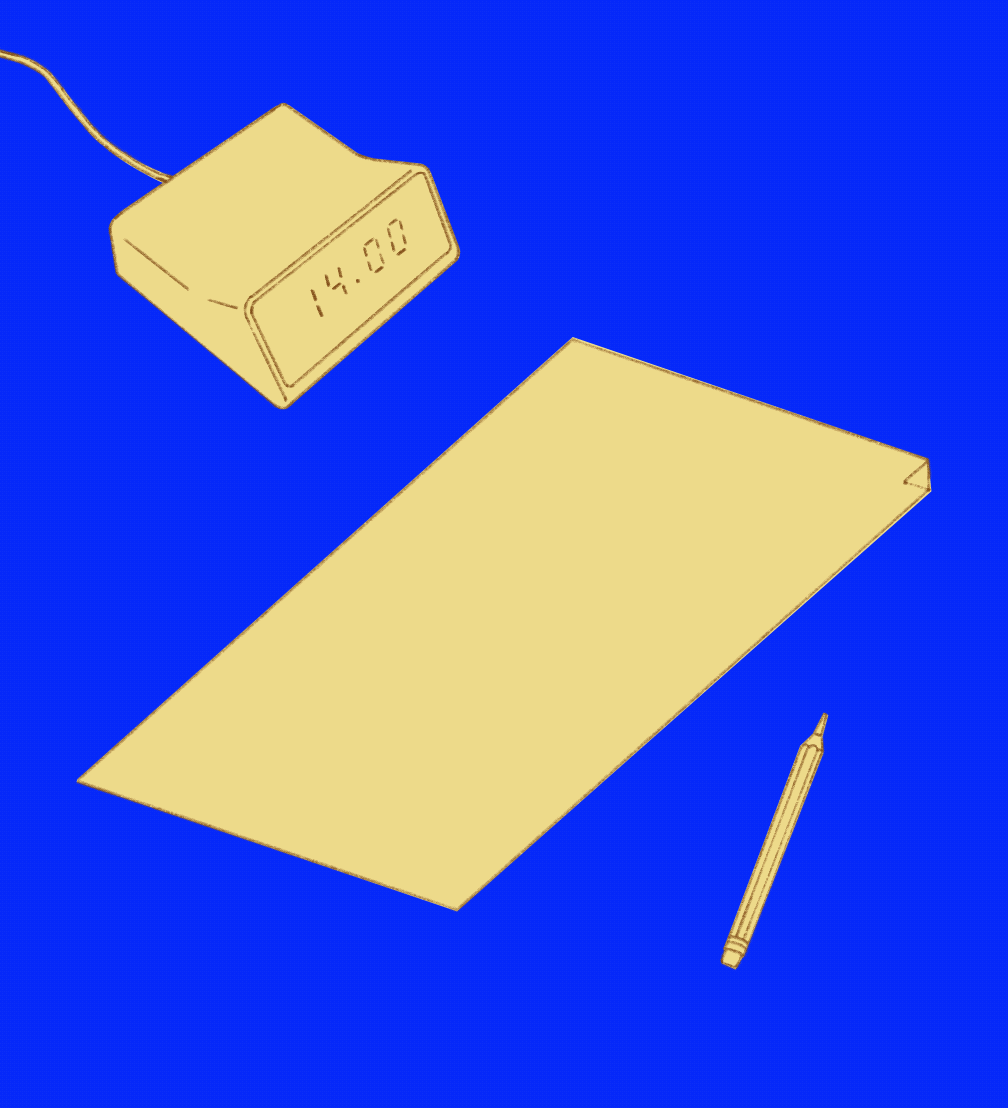
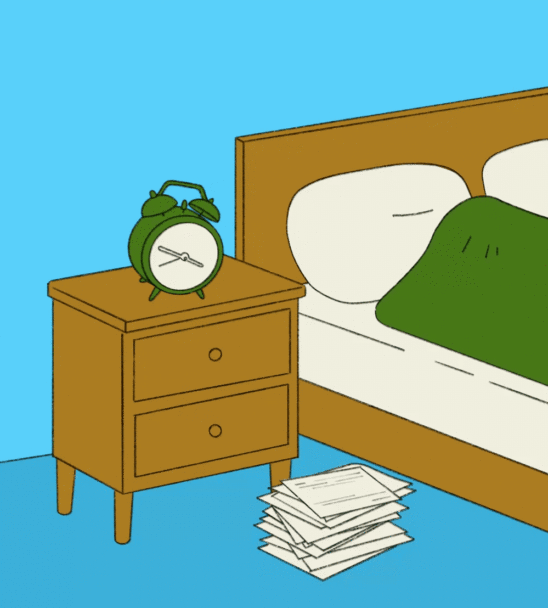
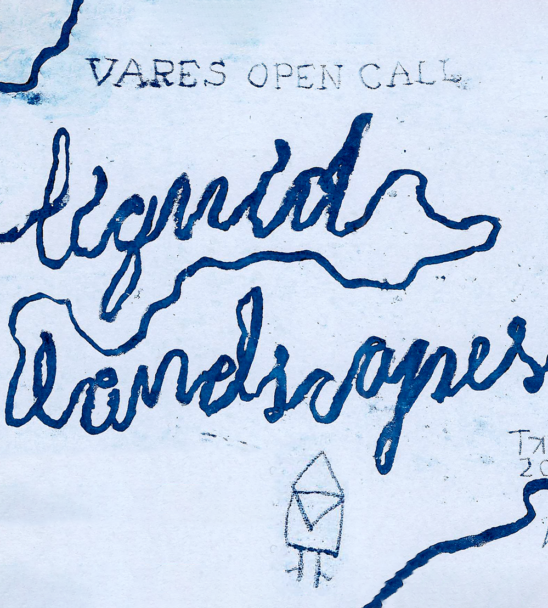
Viedokļi